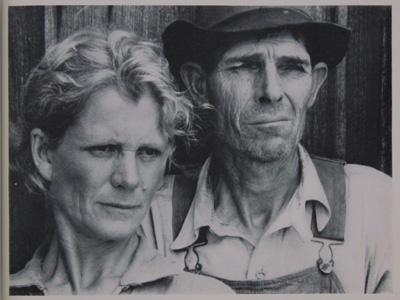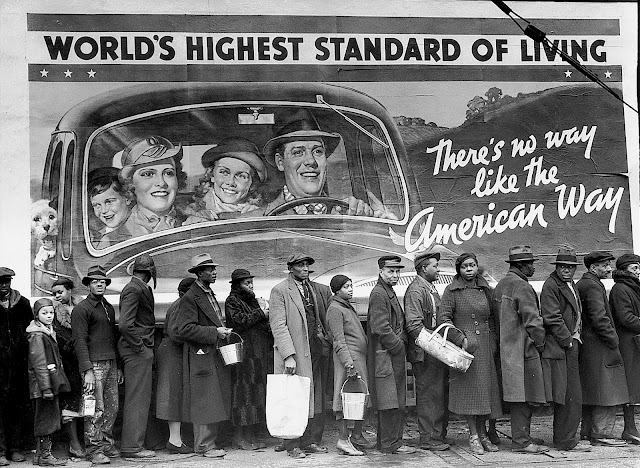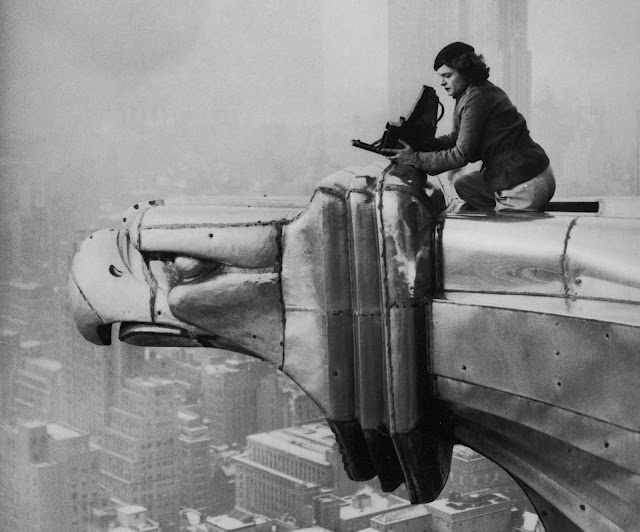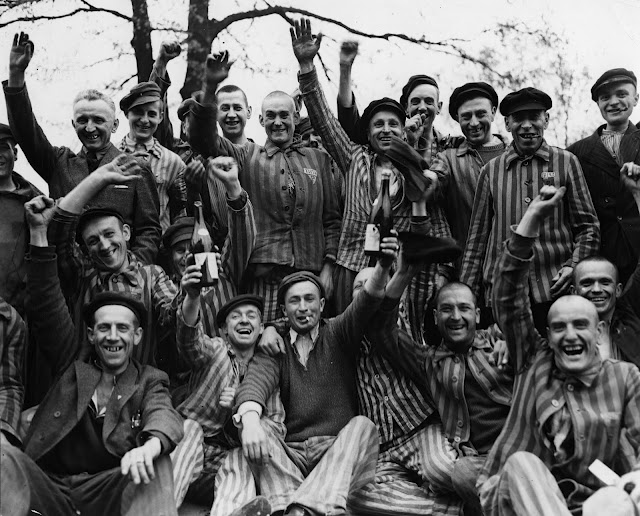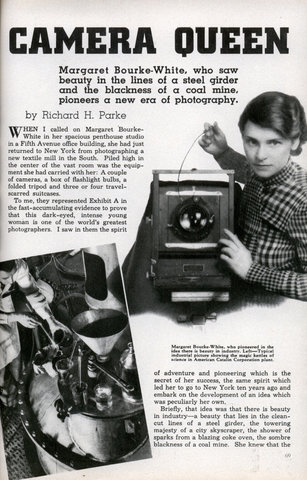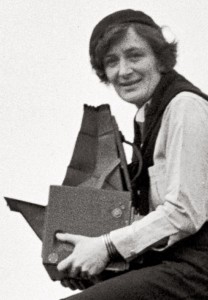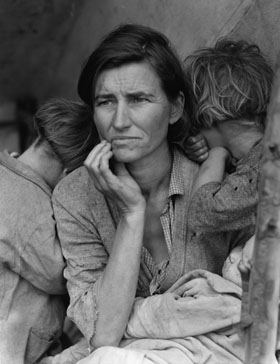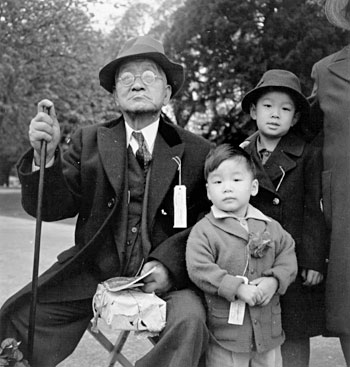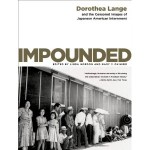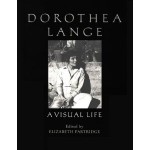MARGARET BOURKE-WHITE
(1904-1971)
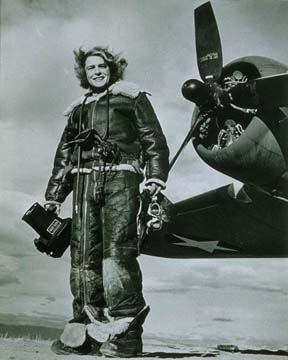 Margaret Bourke-White was an extraordinary photographer and a woman of many firsts. Not only was she the first female photojournalist for Life magazine and the first photographer for Fortune magazine, but she was also the first female war correspondent allowed to work in combat zones during World War II, and also the first Western photographer allowed into the Soviet Union.
Margaret Bourke-White was an extraordinary photographer and a woman of many firsts. Not only was she the first female photojournalist for Life magazine and the first photographer for Fortune magazine, but she was also the first female war correspondent allowed to work in combat zones during World War II, and also the first Western photographer allowed into the Soviet Union.
Before becoming a photographer, she attended five different universities in pursuit of a degree in Herpatology (the study of reptiles), eventually receiving her degree from Cornell in 1927.
She was born in the Bronx to intense parents, Minnie Bourke and Joseph White, who believed in reading and improving the mind. They did not allow things like comic books or chewing gum. Bourke-White enjoyed photography as a hobby and had a father who supported her interest. She studied with Clarence White, a leader in the pictorial school of photography, before moving to Cleveland, Ohio to launch her career. Her first job was as an industrial photographer at the Otis Steel Mill, which brought her much acclaim.
She married twice, once at a young age, then again to writer, Erskine Caldwell, whom she collaborated with on several book projects, including You Have Seen Their Faces, documenting the depression.
“Utter truth is essential and that is what stirs me when I look through the camera”–Margaret Bourke-White
“The camera is a remarkable instrument. Saturate yourself with your subject, and the camera will all but take you by the hand and point the way.”–MBW
Margaret Bourke-White clearly made a huge mark on photography, and proved that women are just as capable as men, even in the most difficult situations.
To see additional photos by Margaret Bourke-White, click on the highlighted link. You can also check out her work on Amazon (click on this book to get started).
Here’s a list of some of the books she created:
You Have Seen Their Faces, 1937 with Erskine Caldwell
North of the Danube, 1939 with Erskine Caldwell
Shooting the Russian War, 1942
They Called it “Purple Heart Valley”, 1944
Halfway to Freedom; a report on the new India, 1949
Portrait of Myself, 1963
Dear Fatherland, rest quietly, 1946
The Taste of War (selections from her writings edited by Jonathon Silverman
FYI: I just read that Barbara Streisand is hoping to direct her first movie in 16 years–”Skinny and Cat,” a love story about Margaret Bourke-White and her late husband, writer Erskine Caldwell. You can read about it here.

